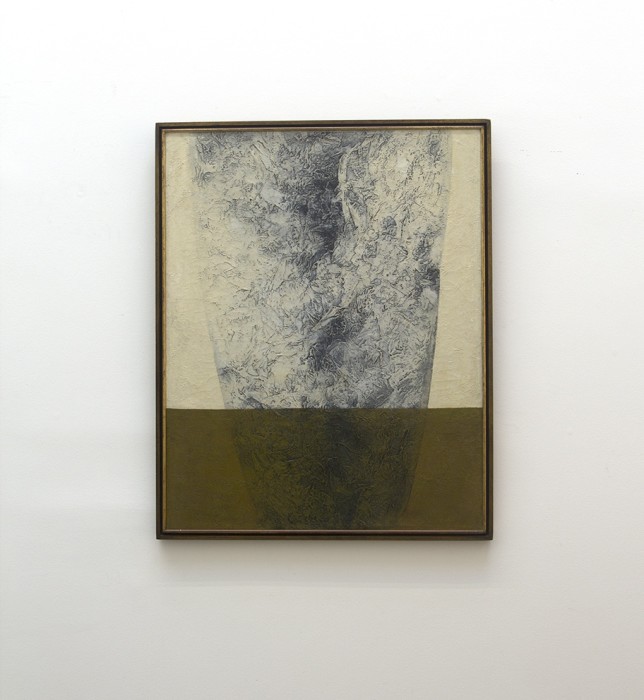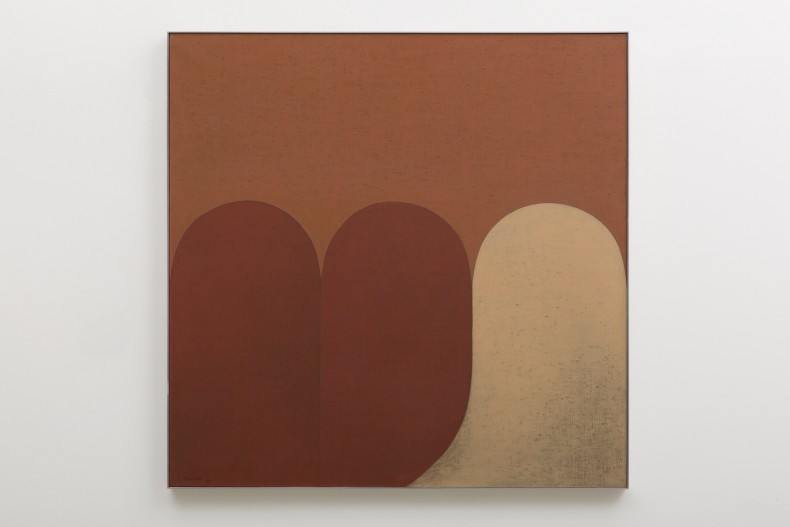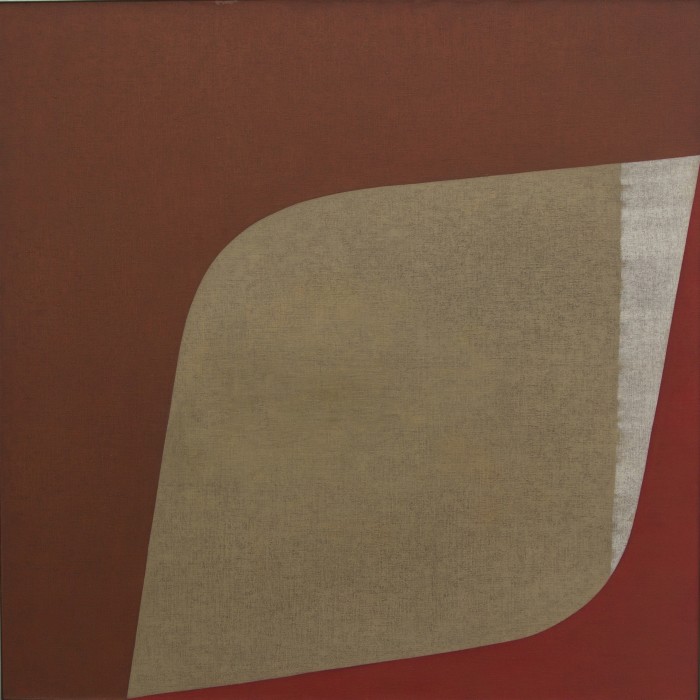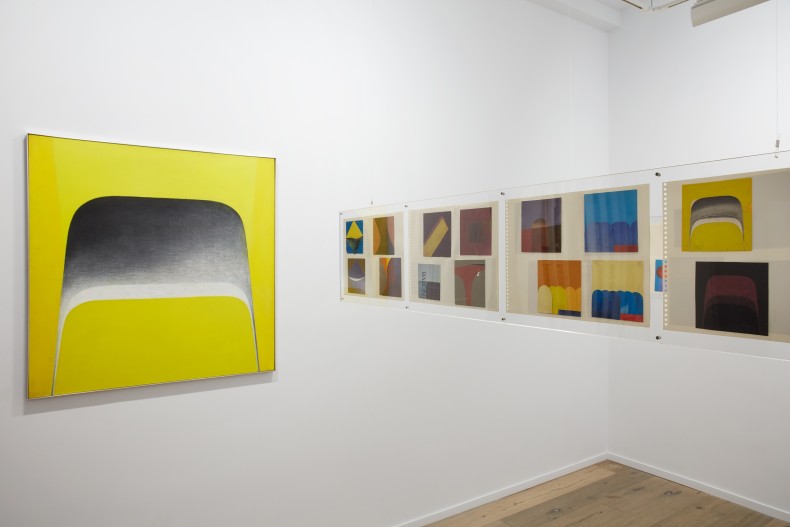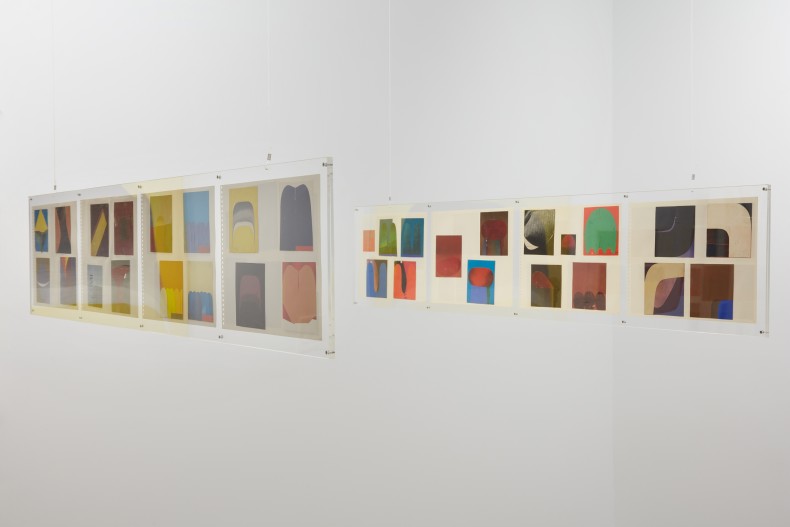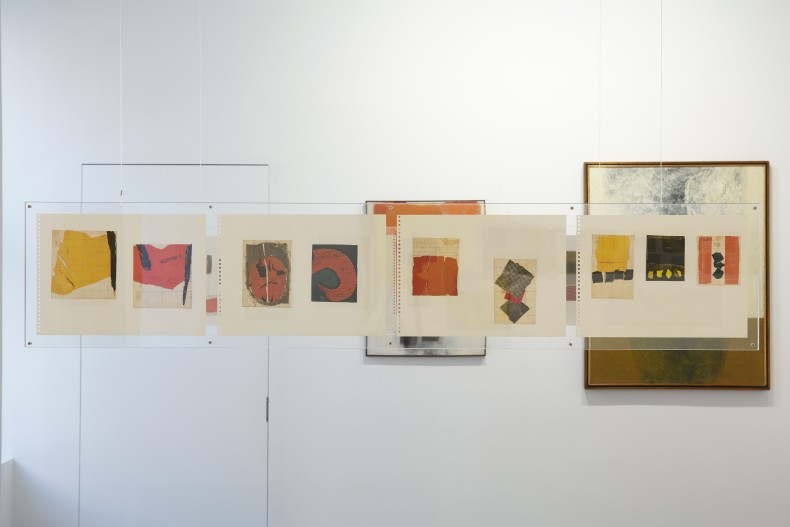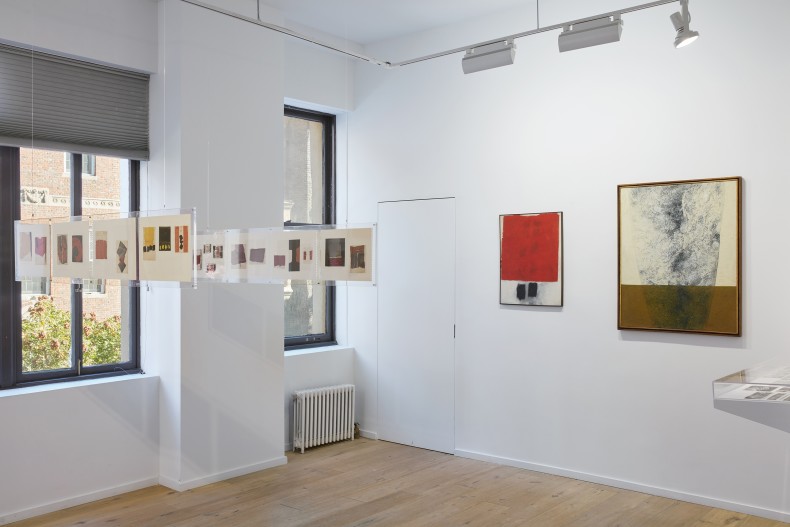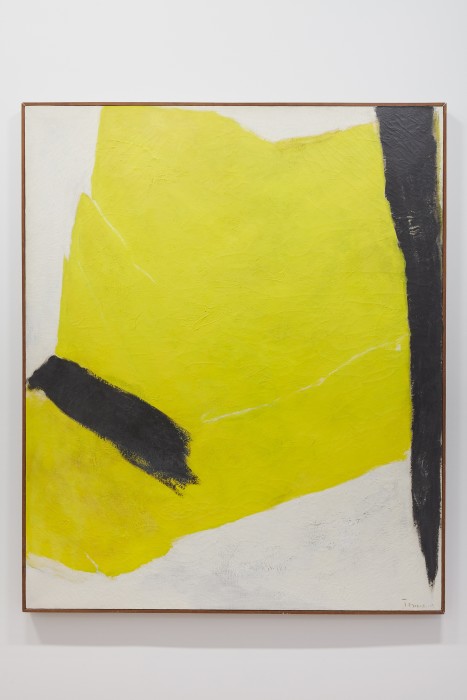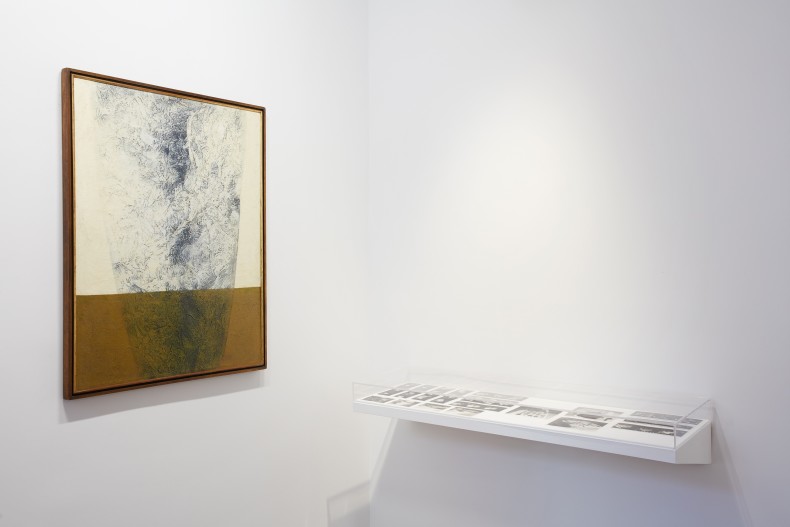Galeria Nara Roesler | New York is pleased to present a new chapter of the acclaimed exhibition Tomie Ohtake: At Her Fingertips, curated by Instituto Tomie Ohtake Chief Curator Paulo Miyada. Organized by Miyada especially for the New York gallery and including paintings, studies, engravings and photographs, this concise exhibition draws on the rich body of work created by Ohtake in the 1960s and 70s, as well as the artist’s own rarely-seen documentation of her process. The exhibition shares its theme with presentations of Tomie Ohtake: At Her Fingertips at Galeria Nara Roesler | São Paulo (August – September 2017) and Galeria Nara Roesler | Rio de Janeiro (February – March 2018), offering a unique focus on the development of the artist’s compositions from cut magazine collages to oil on canvas.
Tomie Ohtake is a monumental figure in the history of Brazilian abstraction. Her dedicated exploration of the formal, temporal, and spiritual aspects of color, shape, and gesture resulted in an extraordinary body of work spanning six decades. Born in 1913, she had a traditional upbringing in Kyoto and traveled to Brazil in 1936 to visit one of her brothers, who had been part of a large wave of Japanese immigration to the country. Unable to return to Japan because of the Second World War, Ohtake said that two factors were fundamental in her decision to settle permanently in Brazil: she was immediately enchanted by the country’s unique tropical luminosity, and she realized that in Brazil she would have the opportunity to be an artist with creative freedoms she would be denied as a woman in Japan. After marrying and raising her two children, she dedicated herself to her work and became closely associated with the Seibi group, an informal network of Japanese-Brazilian artists united by an interest in abstraction. Yet she was also connected to wider groups of critics and artists, including Willys de Castro, Mário Pedrosa, Paulo Herkenhoff, and Mira Schendel among others. Her multiple affiliations and connections freed her from alignment with any one particular approach to art making and positioned her on a singular artistic path. It was Schendel, and Herkenhoff in particular, who encouraged the artist to more explicitly draw upon Japanese traditions, such as Zen Buddhism and calligraphy. In 1975 Ohtake stated: “My work is occidental, but it has great Japanese influence, a reflex of my upbringing. This influence lies in the search for synthesis: a few elements should say much. In haiku poetry, for example, one speaks of the world in seventeen syllables.”


